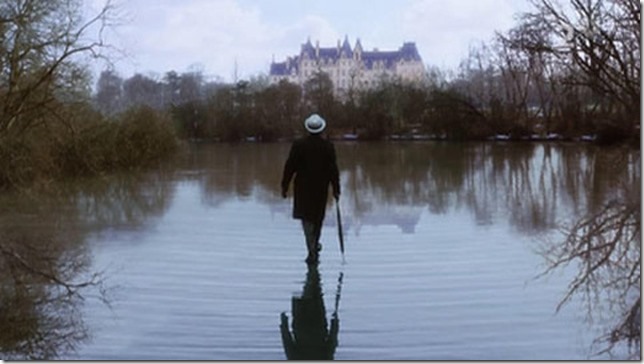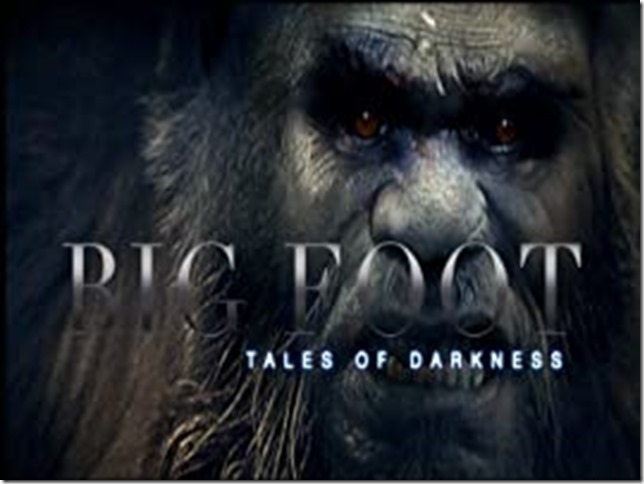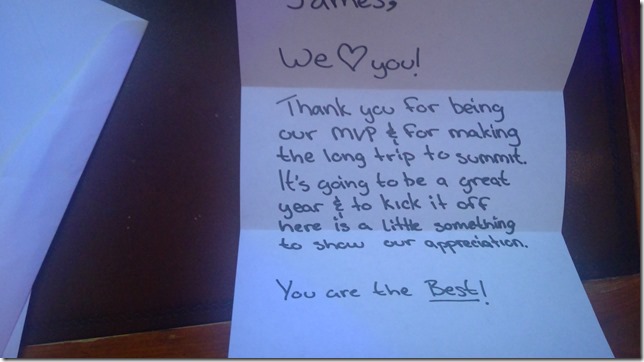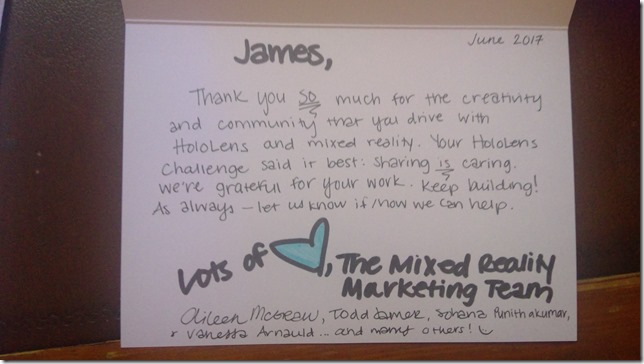
The term “imposter syndrome” is a meme that has captured the imagination of the technology sector – and for good reason; we are insecure people. The term may have made its way into the tech world in an illegitimate manner, however. This illegitimate use of the term is what I want to explore in this post, coupled with the rather obvious conclusion that “insecurity” is the better term in the vast majority of cases, despite its relative un-sexiness.
“Imposter syndrome” was first clinically described in 1978 in my adopted home city Atlanta, Georgia by Pauline Rose Clance and Suzanne Ament Imes in their paper The Impostor Phenomenon in High Achieving Women: Dynamics and Therapeutic Intervention. There are several salient features in the way it was originally understood which distinguish it from the way imposter syndrome is used today by software engineers.

First, the diagnosis was originally meant to describe the unique situation of professional women in a predominantly male-dominated professional world. In the 70’s we didn’t ask if men felt like phony’s, too. That would have been missing the point.
Second, the phenomenon covered successful women in particular – that is, women whose accomplishments were publicly recognized and not merely a matter of self-esteem. Today when we talk about imposter syndrome, by contrast (for instance in Scott Hanselman’s famous post I’m a Phony), the point is always that unaccomplished people should not feel like imposters because even successful people like X, Y and Z feel this way. In the original article, obviously, the term could only be applied to X, Y and Z. Other people, male or female, who felt unearned confidence without visible accomplishments, simply were imposters.

Third, imposter syndrome was a phenomenon tied to early family dynamics and requiring therapy to overcome. Today, no one says if you have imposter syndrome you should look for professional help to deal with it. Instead, recognizing the condition is meant to be in itself an instantaneous form of self-therapy, because if everyone has imposter syndrome then no one has imposter syndrome.
In 2019 imposter syndrome has moved well beyond its original carefully circumscribed bounds, to the point that 70% of professionals acknowledge feeling like imposters from time to time (this is an often cited statistic I have been completely unable to source). If this large number is meant to make us feel better about our own insecurities, it should nevertheless concern us that the people who run our banks, fill out our taxes, prescribe our medications, perform surgery on us, cook our food, fix our cars and run our government aren’t always sure they know what they are doing. I would question whether this is actually a good thing.

Imposter syndrome has found a home in technical communities. There are several obvious reasons for this. The sort of people who go into tech tend to be beset by social anxiety. At the same time, the most common communication strategy used in technology is bombastic and overconfident – sometimes described as bro culture. These two things together will cause a frequent sense of inadequacy in the face of often meaningless processes like behavioral interviews, fadish architectural trends and cargo-cult adherence to agile processes. And if agile isn’t working for you, then you are doing it wrong, so you should feel inadequate about that, too.

At the same time, the software industry is a young industry with characteristics that make it susceptible to real imposters. It is a complex profession lacking recognized standards of education or certification. After all, even hair dressers have to be licensed. The guy who writes your banking software, on the other hand, doesn’t. For a set of peculiar linguistic social and linguistic reasons, however, we have no easy way for technologists and business people to talk to each other and judge the relative merits of different approaches to writing software. This leaves the unlicensed software developers in a position of needing to police themselves, with mixed success. In philosophy, this is generally known as the crisis of legitimation.
Another problem is that software is very important in our current world. A lot of time and money is determined by whether we make good or poor software solution decisions. In the case of medical software, lives are literally at stake.

A third characteristic compounded by the crisis of legitimation and the high stakes involved is a tendency to love shiny new technology. Whenever things don’t go well with a project, we gravitate toward unknown and untested new platforms, frameworks and processes to fix our problems. This creates an inverted success strategy where the technology industry prefers mysterious, poorly understood solutions over acquired experience.
All of this leads to lots of tech people normalizing the process of talking about things they do not know anything about. Whereas in established professions, people know not to speak when they have that vertiginous sense that they are out of your depth, in technology, if no one contradicts us we accept this as license to continue bullshitting. Fake it till you make it.

Because other people’s money and potentially lives are on the line, however, we should recognize that this is dangerous behavior.
Moreover, the notion that everyone has imposter syndrome fails to recognize that in previous generations, that sense of being out of one’s depth is how professionals discovered their weaknesses in order to move from journeymen to experts in their craft.
In fact, there is a whole genre of literature known as Bildungsroman dedicated to exploring this basic aspect of the transition to adulthood. Novels as diverse as Twain’s Huckleberry Finn, Dickens’s Great Expectations, Jane Austen’s Emma and Hurston’s Their Eyes Were Watching God and Salinger’s Catcher in the Rye cover this difficult journey from naivete and unearned confidence to nuanced understanding and expertise. The most common hallmark of his genre is the recognition that error, misspeaking and insecurity are milestones in our path towards self-mastery. Being insecure is a good thing, not a bad thing, because it drives us to be better.

Insecurity is normal and good. This feature of the human condition tends to be masked and smoothed over by terms like imposter syndrome which helps us to ignore these moments of doubt, which is a shame.
For this reason, I prefer that people just say they feel unconfident about an idea or approach. When someone tells me this, I can help them evaluate their idea and potentially refine it so we both learn something.

When someone tells me they have imposter syndrome I don’t really know what I’m supposed to do. They obviously want me to say that everyone has imposter syndrome and so they should believe in themselves. But when the stakes are as high as they are in software engineering, this feels like a cop out.
If you are feeling like an imposter in tech, maybe that’s something worth exploring more deeply.




















